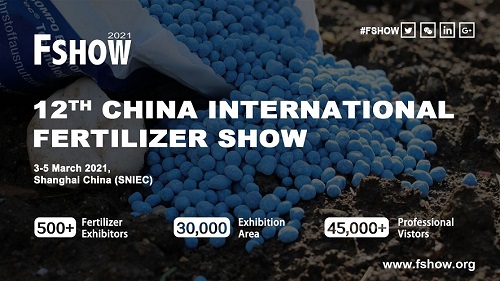
Exhibition time: 17-19 March, 2026 Shanghai, China
 中文
中文

Exhibition time: 17-19 March, 2026 Shanghai, China
 中文
中文
Soil health is central to our gardens’productivity and beauty. It’s not surprising that gardeners everywhere are looking for methods of improving soil quality. Using soil conditioners is a great way to accomplish this.

What is Soil Conditioning?
Soil conditioning means improving several aspects of the quality of soil:
Tilth. This refers to the soil’s physical condition and larger-scale structure. It includes whether the soil has aggregates (clumps) and what size they are, whether it has channels where water can enter and drain, and its level of aeration. Soil with good tilth has a structure that supports healthy root growth.
Water holding capacity. This is partially a function of the soil type, but there are other things that alter it. Ideally, soil is well drained but holds enough water to support healthy plant growth.
Nutrient holding capacity. This refers to the soil’s ability to hold onto minerals that plants use as nutrients. Clay soils typically have greater nutrient holding capacity, which means they have the potential to be very fertile. However, they may need work to overcome some other disadvantages, like their tendency to become compacted or clumpy.
Percentage of organic matter. This is very important in promoting soil biological activity, and it affects the water and nutrient holding capacity and the tilth.

How to Condition Soil
First, avoid degrading soil quality. Walking on garden soil, allowing bare ground to be exposed to rainfall or flooding, and working soil when it’s too wet can all harm tilth. In soil that is low in organic matter, over-working soil can cause a hard crust to form. Exposing bare soil to the elements can also worsen quality, so keep soil covered between crops, such as with tarps, mulch, or cover crops.
Then, think about what changes your soil needs and how you can achieve them. Using soil conditioners (amendments that are meant to improve soil physical condition) is one way to do this.
Adding organic matter in the form of compost, manure, or readily available materials like coffee grounds is a reliable means of improving soil quality. These soil conditioners both improve the water retention of sandy soils and improve the drainage of clay soils that tend to become waterlogged. It is usually easier to maintain good tilth in soil that is high in organic matter. And compost provides long-lasting benefits by increasing soil nutrient content and contributing to the biological activity of soil.

Other Methods for Conditioning Soil
Compost is good for almost any soil. But some soil conditioners, such as gypsum and peat, provide benefits only for certain soil types or certain types of plants. Other products sold as soil conditioners have dubious benefits, or the benefits are unknown. Before using soil conditioners, check for reliable evidence of the product’s effectiveness. Some would need to be added in impractically large amounts to change the properties of your soil. Planting cover crops can help you protect bare ground and add organic matter in addition to improving tilth. Taproot crops like forage radish, alfalfa, and chicory can help form channels that allow water to move through compacted or poorly drained soils.
From Gardening Know How
